Let’s face facts. Most computer users begin computing on a Windows machine. In March 2019, Microsoft reported that Windows was running on more than 800 million devices. Be that as it may, many Windows users would like to explore other operating systems. While Linux is the all time favourite open source alternative, there are other OSs too that offer a lot.
Are you fed up with using your Windows or macOS? Or do you need a new and fast operating system that doesn’t cost you anything? Alternatively, you might be someone who just likes trying out different OSs, or are interested in one because your colleagues are using it.
Well, you can find many operating systems online that are stable and feature-rich. In this article, we’ve posted the best open source operating systems that you can run smoothly on your PC.
1. FreeBSD
Many feel that FreeBSD is just another Linux distribution. With the UNIX-like roots of Linux, FreeBSD is the current, open source version of the Berkeley Software Distribution (BSD). FreeBSD can be considered a relative of Linux and its code can be identified in many places. These include Sony’s PlayStation 4 and Apple’s macOS.
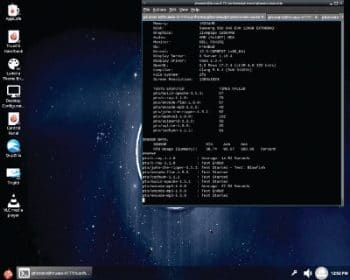
Overall, FreeBSD is a steady operating system for servers and desktops. While it doesn’t ship with a desktop environment by default, there is protection for GNOME, KDE and Xfce desktops.
FreeBSD will interest organisations with security and privacy considerations, as it offers enhancements created by the TrustedBSD project. These include McAfee, DARPA, Google, University of Cambridge Computer Laboratory, Apple and many more.
2. ReactOS
ReactOS is completely open source, accepting no proprietary Windows code, yet is designed to be compatible with Windows drivers and functions. But this compatibility varies – it’s undoubtedly not going to work well with high-end games or programs, and ReactOS isn’t really up to the Windows 10 level yet. It’s currently aiming at full rapport with Windows Server 2003.
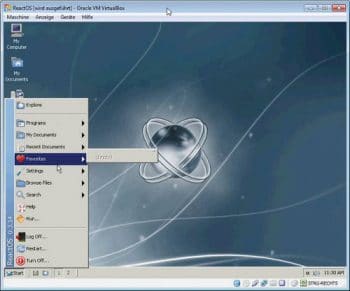
ReactOS does have its benefits. Incorporating elements of noted Windows emulator Wine, it runs LibreOffice, Firefox, Opera and more, quite freely and can indeed run commercial applications like Adobe Photoshop.
Given that ReactOS is free, it’s worth checking if any of your older work-critical applications are compatible – setting up workstations without Windows licensing is an enticing prospect, although we can’t vouch for its resistance to attacks.
3. Fedora
Fedora is another famous Linux based operating system, which is arguably the best open source OS. It is a general-purpose OS that is RPM-based, endorsed by Red Hat and shaped by the Fedora Project community.
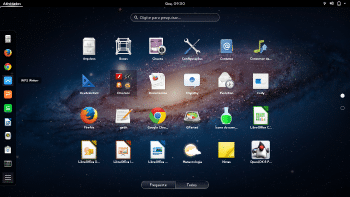
Fedora’s mission is to offer open source and cutting-edge technology for open source projects. Therefore, Fedora planners choose to start upstream changes as opposed to creating fixes exclusively for Fedora. All Linux distributions can advance from updates issued by Fedora developers.
Fedora has a GNOME based desktop that can be personalised. And the Fedora Spins feature can support, adjust and take care of changes in the user interface and desktop environment.
4. Solus
Solus is a free, open source operating system that can be adapted for your desktop. It is a new operating system in the Linux family and was established in 2012. More than 6000 registered customers use the software at present.
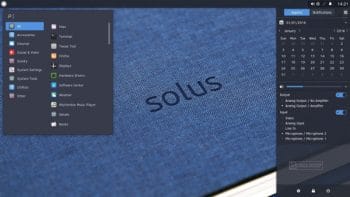
Solus’ features include VLC, the LibreOffice suite, Transmission, XChat, Thunderbird, the Budgie desktop environment, PlayOnLinux, Firefox and OpenShot Video Editor. Solus 3, the latest version, was released in August 2017 and is thought to have some twists in its Opus encoder and multimedia filters.
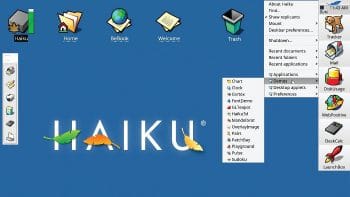
5. Haiku
Haiku is free and open source. It was initially released in 2001. This free operating system has been in normal development and runs numerous apps, some of which you will have heard about, such as VLC Media Player and Quake. Haiku runs many apps from the BeOS operating system.
However, Haiku releases are rare, making it perhaps the least exciting option on this list. Nevertheless, if you’re considering a free replacement for Windows, it’s absolutely worth looking at it.
6. AROS
This free operating system has a heritage comparable to MorphOS but was planned for x86 systems. This means that it should be capable of running on your PC. In some respects, your PC or laptop will then change into a modern-day Amiga computer, able to run old and new software.
However, you’ll be unable to read old Amiga discs on a modern PC, even with an 8.9cm (3.5-inch) drive.
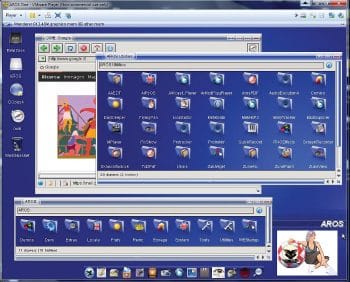
As such, you’ll be limited to ROMs. Even so, this makes for an exciting alternative to Windows. There’s a live CD available with which you can try out AROS.
7. Chrome OS
Chrome OS is a partially open source operating system that includes many alluring features. It is also a part of the Chromium and Linux families. It includes features such as raised security, support for elected Android apps, Chrome apps, Aura windows manager, virtual desktop access, integrated media player, Google cloud print and cloud based management, and many more.
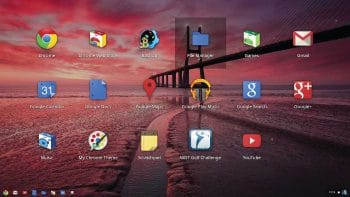
An important feature of Chrome is that it alone supports the Nexus device or its hardware. So, if you are a Google fan, you can definitely enjoy Chrome OS with Chromebook.
8. TempleOS
TempleOS has been set up from the grate up with, it seems, no connect with existing operating systems. The entire work is hyperlinked, in the sense that you can quickly delve down to the source of a program just as rapidly as you can discover its dependencies, and it is super-quick. There’re no beeps, so the whole OS gets up and functioning within a second or two.
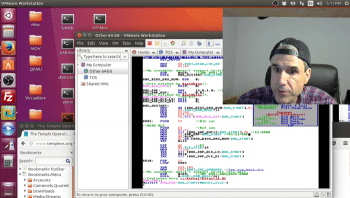
Remarkably, considering this OS was created entirely by one man, Terry Davis, you’ll be able to use TempleOS for everything substantial. Sadly, Davis’ well-documented mental health issues haven’t helped the OS’ standing in the community. But TempleOS consists of a vast number of exciting ideas, especially the softening of the division between a document and a program, which could impact more conventional operating systems.
















































































